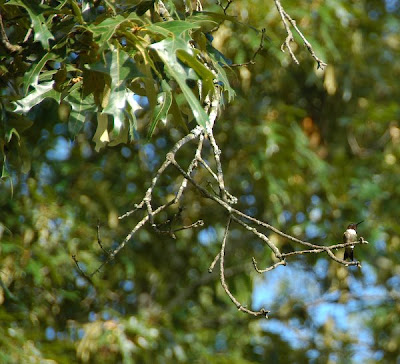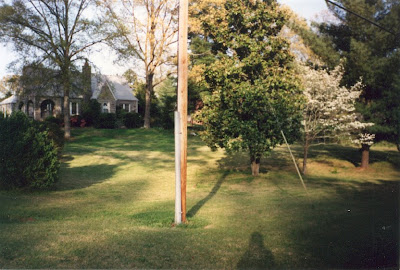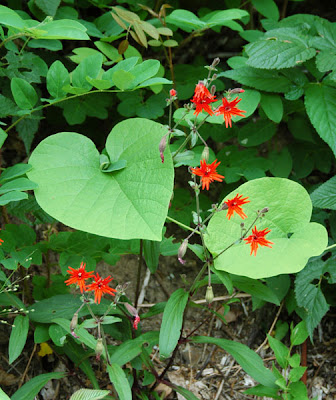We love all sorts of greens and broccoli relatives, at least I do, and my gardening companion eats them happily, when stir-fried with olive oil, onions, and garlic. I've certainly got plenty of garlic. This was the large 'main' harvest, now cured and inexpertly braided. Now I just need to find a place to store the harvest; the garden shed is MUCH too hot, and the basement seems too dark and dank, although it's quite dry. Perhaps, I'll have to rig up a 'herb rack' to hang from the 'mudroom' ceiling? This sounds like it will require crafty things with vines or twigs, not exactly my area of expertise. The Brassica oleracea cultivars that produce brussels sprouts and kohlrabi should be delicious, and kohlrabi, at least, is supposed to be easy to grow, and harvestable within 60 days. Hard to believe, but worth trying as a fall crop. Brussels sprouts are quite frost-hardy, so they should be a decent fall crop for our region, although I don't know a...








